Hair transplants are popular surgical procedures designed to treat male pattern baldness as well as other causes of hair loss. A hair transplant procedure will typically require the surgeon to remove healthy, viable hairs from one region of the scalp and transplant them to another. The donor hair is usually taken from the sides and back of the head where hair follicles are the most dense and typically more robust as well. Their likelihood of surviving and thriving after transplant are believed to be greater. Hair transplants may involve the excision of a linear strip of scalp from the back of the head, which is then sutured closed (FUT method). More commonly in recent years, FUE (follicular unit extraction) involves removing extremely small sections of scalp with a specialized suction device – only one or two hairs at a time. Whether using a donor strip or individual follicle extraction, the donor site will receive carefully separated individual follicle transplants.
Does Hair Really Grow After a Transplant?
How Hair Restoration Treatments Work
Hair Restoration Solutions

Hair Transplant Procedure
For A Better Solution
The question that many individuals have when considering the outcome of a hair transplant procedure is whether these hair restoration procedures really work in the long term. The answer is yes! The transplanted hair retains the genetic characteristics that it had at the donor site. The graft recipient area will not usually develop hair loss even though the hair has been shifted to an area with low density. The surgery causes the transplanted hair follicles to undergo a short phase of shock, and this will usually cause the hairs to enter into a resting phase.
Patients may notice that some hair follicles may fall out around weeks 2 to 6 following the surgery, but this is an expected and normal part of recovery. The healthy follicles will start to grow around 3 to 6 months. In most cases, patients should be able to see the final results at the end of one year. Rarely, some people need a few more months to see a full result, as each person’s experience will be slightly different.

Watch patient interviews & informative content
VIDEOS

Transplanted Hair
Newly transplanted hair can grow if it is genetically programmed to grow, which can be a lifetime depending on the donor site selected for the surgery. The growth cycle of hair is divided into phases: anagen, catagen, and telogen. Each hair lasts between 3 and 7 years, and then it will be replaced by another hair. A minority of hair follicles that continue to stay in the resting phase will remain miniaturized. Most of the grafted hair, once established, will have no limits to growth and will last a lifetime. There is usually no maintenance required once the hair enters an active growing phase. However, some individuals may notice that the non-transplanted hair in the surrounding regions will continue to thin after the transplantation. To prevent this uneven growth of hair, most surgeons will recommend the use of topical minoxidil or oral finasteride to prevent the thinning of the existing hair. This is important to help prevent unnecessary, additional surgery later on.
Long Term Hair Loss Solutions
If you are thinking about long-term hair loss solutions and want an expert opinion, we welcome you to schedule a consultation with Dr. Cory Torgerson at the Toronto Hair Transplant Clinic. We pride ourselves in achieving long-lasting and natural results.
Additional Articles About Hair Restoration

Get in touch with us
Schedule a consultation today!
The Toronto Hair Transplant Clinic
Toronto, ON, M4Y 2P2, Canada
Phone: (647) 351-0061
Fax: (647) 343-0277
中文客服电话 (Mandarin Number Only)
(647) 930-0307




